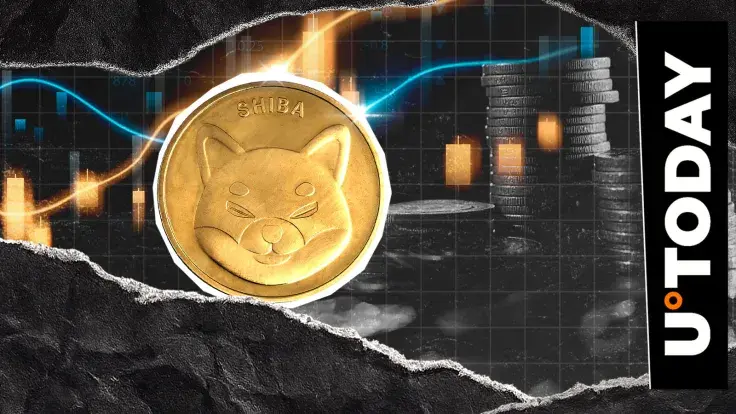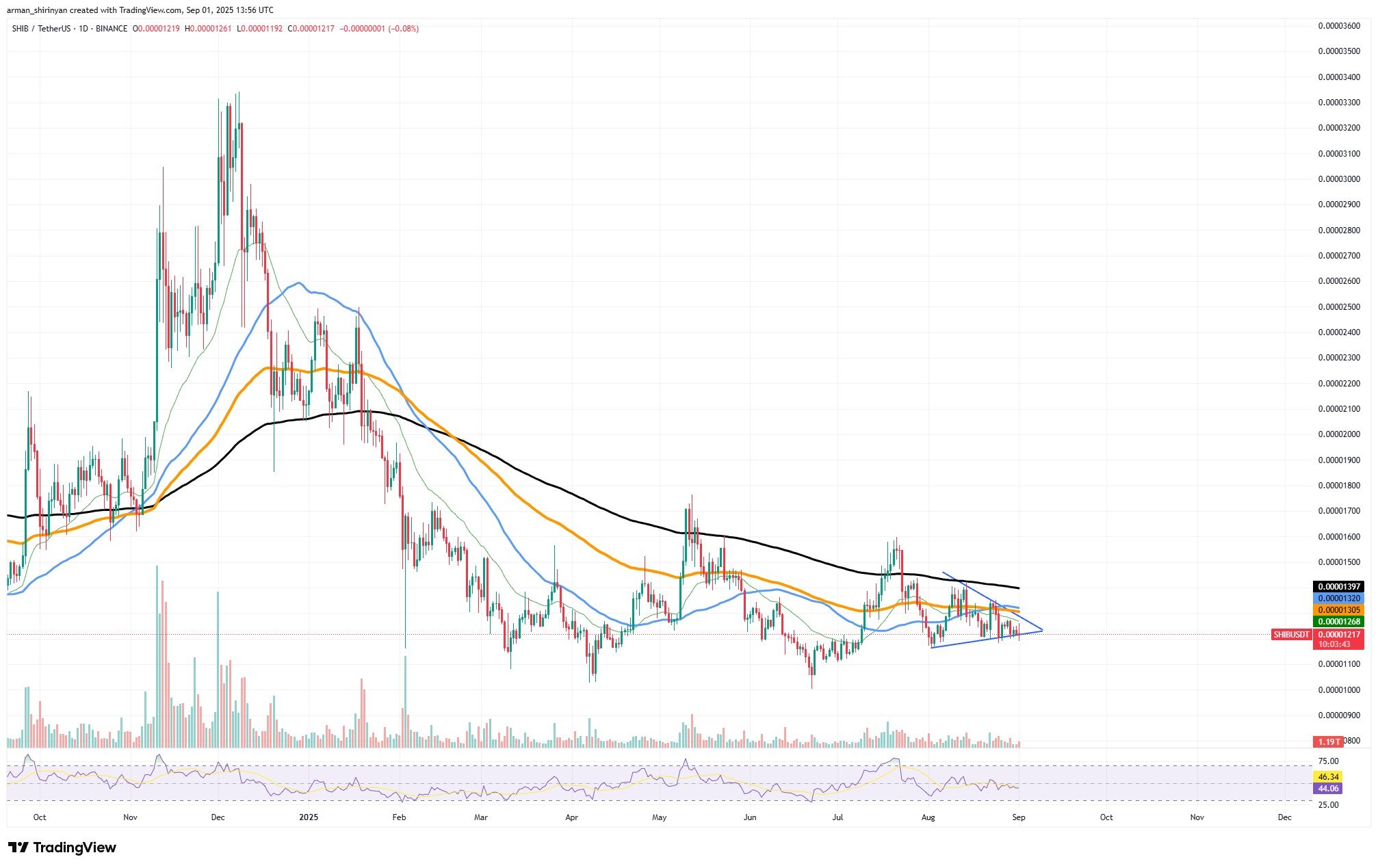
Disclaimer: The opinions expressed by our writers are their own and do not represent the views of U.Today. The financial and market information provided on U.Today is intended for informational purposes only. U.Today is not liable for any financial losses incurred while trading cryptocurrencies. Conduct your own research by contacting financial experts before making any investment decisions. We believe that all content is accurate as of the date of publication, but certain offers mentioned may no longer be available.
Shiba Inu is approaching a decisive moment on the charts, with its price action compressing tightly inside a symmetrical triangle. Currently trading around $0.0000123, SHIB is caught between converging support and resistance levels, and the outcome of this consolidation could define its trajectory for the coming weeks.
Finally happening?
Shiba Inu's adding zero "event" could come closer if the break down from a triangle finalizes, pushing under the $0.00001 mark. Such a breakdown is a perfect recipe for a bearish trend, especially if it stays under the 200-day moving average. A move below support could open the path toward $0.0000095 or even lower, reinforcing bearish dominance.

A pivot from this level is going to mark the beginning of a short-term recovery. Breakout above the upper trendline of the triangle will enable SHIB to challenge nearby resistance at $0.000013. Beyond that, be ready for the zone that will become problematic, where 200 EMA sits. This area would signal a beginning of an upside momentum, if things turn out in favor of buyers.
Choosing direction
This is a pivotal inflection point, SHIB is pushed down tightly and the volume might surge once investors are going to choose the right direction. Volatility is the main prediction here — if compression keeps originating.
SHIB is either surging higher or losing the consolidation channel and reaching higher resistance levels, or we are seeing the notorious zero addition that will change the course of the asset for a long- to midterm.
One way or another, it's a painful state where the asset either keeps consolidation or just loses the solid level. Unfortunately, it seems like things are unlikely to turn positive for the asset, at least with the data we have now.
 Tomiwabold Olajide
Tomiwabold Olajide Vladislav Sopov
Vladislav Sopov Caroline Amosun
Caroline Amosun